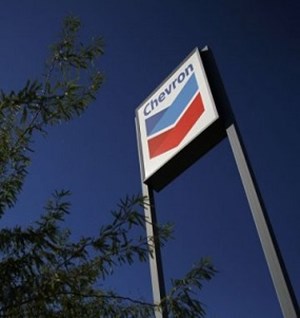Chevron restarts drilling in Venezuelan oil field to increase production amidst looming sanctions
(Bloomberg) – Chevron Corp. restarted drilling in a pristine oil field in Venezuela in a bid to increase production just as Washington threatens to tighten its grip on the sanctioned country.
Work has been under way at the heavy crude area of the Orinoco Belt since mid-February, people with knowledge of the situation said. The area represents Chevron’s best — and perhaps only — near-term opportunity to increase production in Venezuela as the other two oil fields operated by the company will start declining soon.
The work is part of a plan to drill as many as 30 new wells through 2025, the people said. The flow is expected to increase the overall production at Chevron’s three jointly run ventures with the state oil company Petroleos de Venezuela SA by 35% to 250,000 bpd by 2025, leading to more supply shipped to the US.
Chevron and PDVSA did not immediately respond to a request for comment.
The drilling is backed by a license issued to Chevron by the U.S. Treasury in 2022. While fears of reinstated sanctions have increased as President Nicolás Maduro backtracks on his promises for free and fair elections, the license is seen as a layer of protection for Chevron and its Venezuelan suppliers. It gives the oil major an opportunity to raise production and continue exports to the US while prohibiting expansion to new fields.
Drilling is taking place at the Petroindependencia field in the plains of the Orinoco Belt, the world’s largest extra heavy oil reserves. A second drill is planned to be deployed in July. Unlike other Chevron-run areas, the field is underdeveloped and has been projected by PDVSA to produce as many as 400,000 bpd at full capacity. Chevron has relocated some administrative employees to a nearby city, a person said, and service companies, such as Weatherford International Plc., are back working for the major.
Overall Venezuela oil exports to the US reached nearly 200,000 bpd in February, the highest level since November 2022, when the license was granted. Even so, the figure is half of what Venezuela exported to the U.S. before sanctions were first set in January of 2019.



